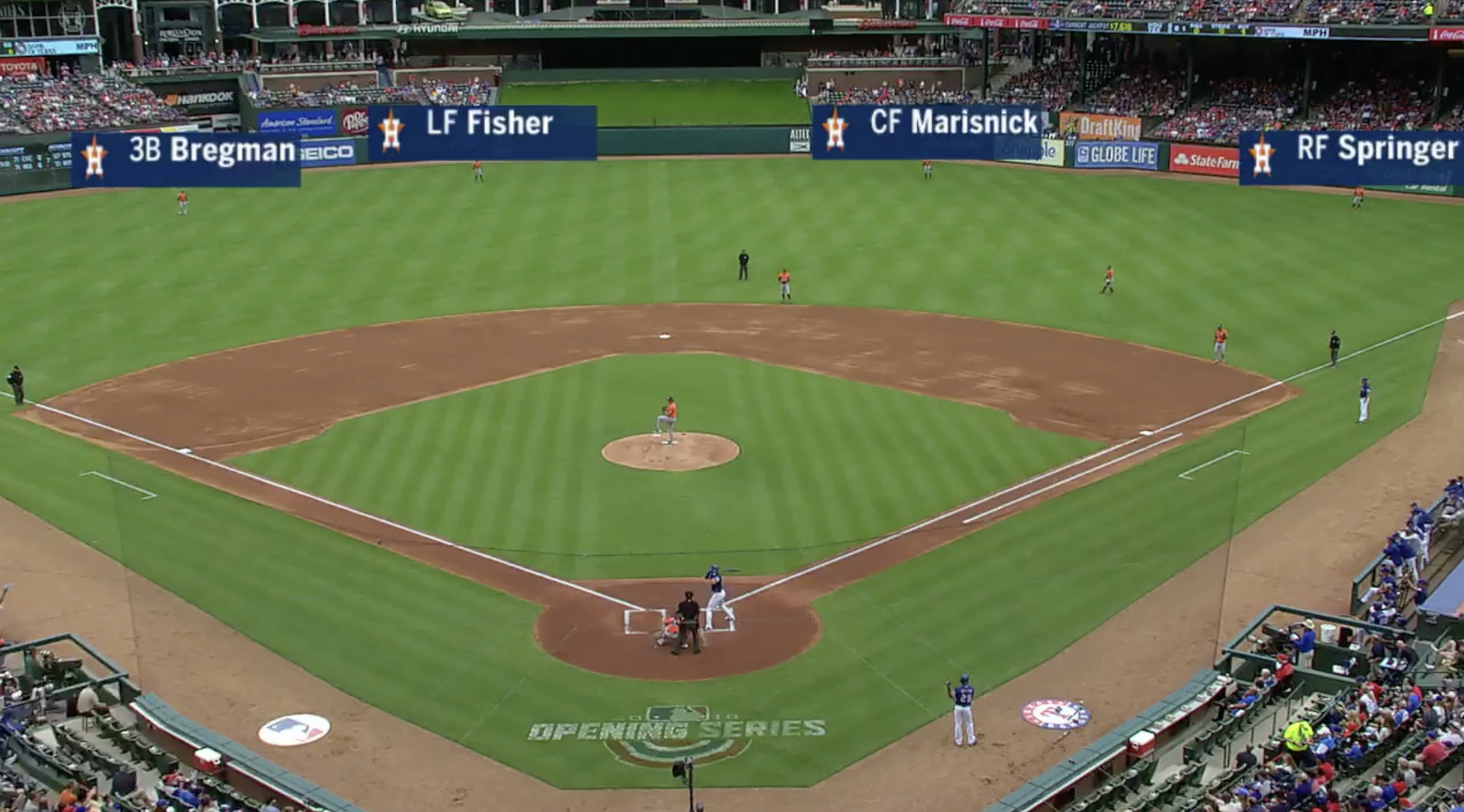Kenley Jansen and April (and March) Alarm
With this generation’s Mariano Rivera on the mound last night in Arizona, and the Dodgers holding a three-run lead in the ninth, the game was over, right?
baseball: there are two outs, the Dodgers are up three runs, and Kenley Jansen is on the mound. the game is over
also baseball: nah pic.twitter.com/538JZnNCTe
— Céspedes Family BBQ (@CespedesBBQ) April 3, 2018
Well, it’s baseball and Chris Owings had other ideas.
https://gfycat.com/ForsakenCleanAlbacoretuna
Yes, it’s really early. Alarm on April 2nd is often folly. Perhaps we will look back and laugh at all this hand-wringing. But Kenley Jansen has not looked like Kenley Jansen. And unlike a batter off to a slow start, a pitcher who has a velocity decline, who has changed his release point, who seems defensive in fielding questions this early — that all combines to raise some legitimate alarm.
Jansen didn’t walk a batter until June 25th last season. He began last season by striking out 51 batters without issuing a walk, setting an MLB record. Jansen has already conceded two walks, recording no strikeouts. Jansen allowed five home runs in the 2017 campaign. He’s allowed two in two innings this season.
Jansen seemed invincible for much of 2017, so he’s provided a dramatic contrast early this year. When a pitcher that untouchable struggles to such a degree — even in a small sample — it raises reasonable questions.
Jansen is regarded by many as the best reliever in the NL, an opinion supported by FanGraphs’ projections. So what’s going on here?
Let’s start with the velocity.


